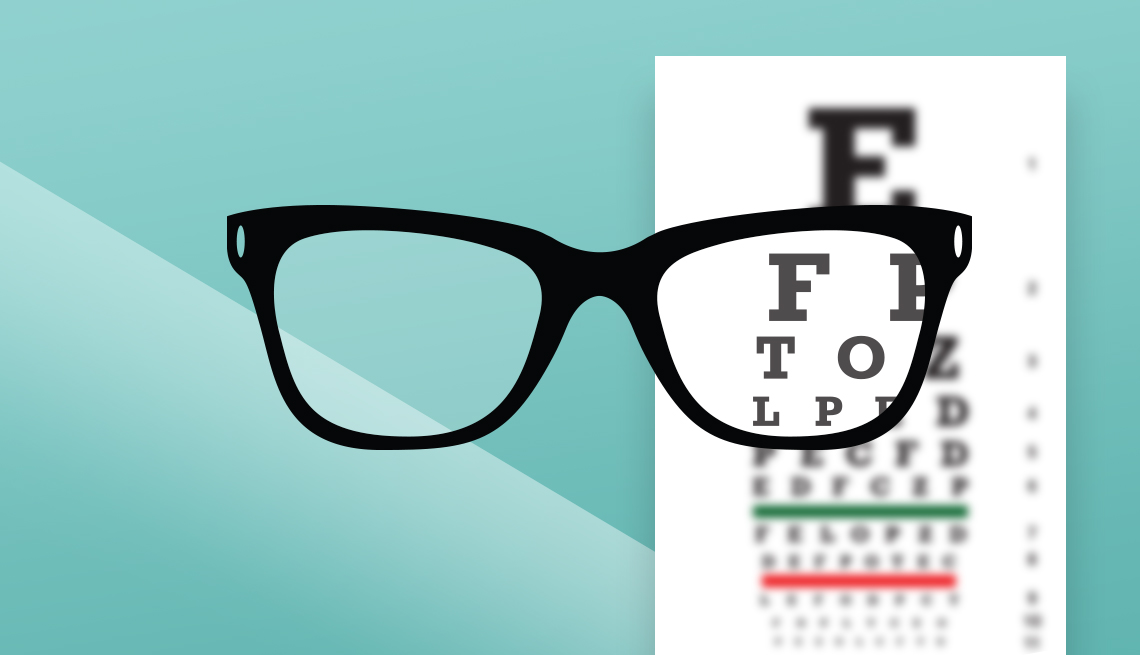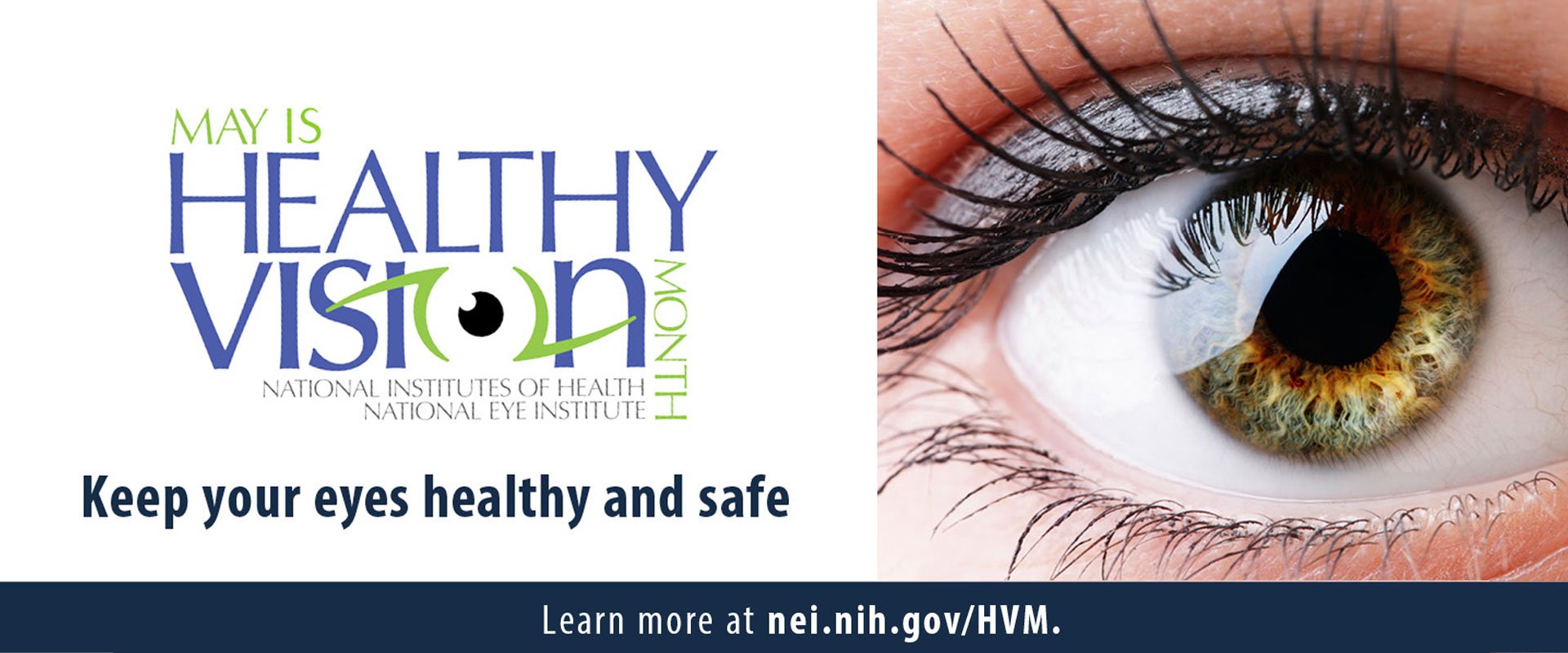Vision Gesundheit: The Key to Eye Health
In today’s fast-paced world, maintaining good vision is more crucial than ever. Our eyes are our windows to the world, making it essential to understand how to keep them healthy. This article delves into the various aspects of eye health, providing practical tips and insights to ensure that your vision remains sharp and vibrant for years to come.
Understanding Eye Health
Eye health is a multifaceted topic encompassing everything from regular check-ups to nutrition. It is essential to comprehend the various factors that contribute to maintaining good vision. **Healthy eyes** are typically characterized by clarity of sight and the absence of strain or discomfort. Key components of eye health include regular visits to an eye care professional, awareness of potential risk factors, and adherence to protective practices to safeguard your eyesight. Additionally, understanding how common eye conditions, such as cataracts and glaucoma can affect vision is critical for prevention and treatment. The peace of mind that comes from knowing your eyes are healthy can significantly enhance your overall quality of life.
The Role of Regular Eye Exams
Regular eye exams are a fundamental aspect of preserving vision health. During these check-ups, eye care professionals assess visual acuity, examine the internal mechanisms of the eye, and test for diseases and conditions. For instance, early detection of diabetic retinopathy or macular degeneration can lead to timely treatments that prevent further vision loss. It is advisable for adults to have a comprehensive eye exam at least every two years and more frequently if they experience changes in vision. Keeping a routine eye examination schedule is a significant step towards ensuring your vision remains strong and clear.
Nutrition and Eye Health
Your diet plays a considerable role in the health of your eyes. Foods rich in antioxidants—such as vitamins C and E, lutein, and zeaxanthin—are particularly beneficial. Consuming leafy greens like spinach and kale, along with fish that are high in omega-3 fatty acids, supports retinal health and helps prevent conditions like age-related macular degeneration. **Eye-friendly nutrients** not only enhance visual performance but also combat oxidative stress. Making conscious dietary choices can be one of the simplest yet most effective ways to promote eye wellness.
Protective Measures for Your Eyes
Besides regular check-ups and a balanced diet, many protective measures can help maintain eye health. For instance, wearing sunglasses that block 100% of UVA and UVB rays can prevent damage from the sun, while using protective eyewear while playing sports or engaging in hazardous work protects against physical injuries. Moreover, reducing screen time or utilizing blue light filters on devices can combat digital eye strain, which is proliferating in our technology-focused lives.
Effective Tips to Reduce Eye Strain
Reducing eye strain is essential, especially for individuals working long hours in front of digital screens. Here are some practical tips to minimize discomfort:
- Follow the 20-20-20 rule: Every 20 minutes, take a 20-second break and focus on something 20 feet away.
- Adjust your workspace lighting to reduce glare.
- Ensure that your screen is approximately an arm’s length away from your face.
- Regularly blink to keep your eyes moist and refreshed.
Incorporating these techniques into your daily routine can significantly decrease the likelihood of experiencing digital eye strain symptoms.
Protective Eyewear for Different Activities
Specific activities require specialized eyewear for optimal protection. For instance, if you’re engaging in recreational sports like racquetball or swimming, appropriate goggles can protect against potential injuries and irritants. Similarly, while working in industrial settings, safety glasses are mandatory to shield the eyes from harmful particles and chemicals. Selecting the right protective eyewear tailored to the task can dramatically decrease the risk of experiencing eye injuries.

Technological Influence on Eye Health
Modern technology poses both advantages and challenges for eye health. While advances in medical technology have provided new means for eye examinations and treatments, increased screen time results in more people experiencing digital eye strain. It’s imperative to strike a balance between optimizing the use of technology and implementing smart habits to save our vision.
The Impact of Blue Light
Blue light emitted by screens can interfere with sleep cycles and cause visual fatigue. Recent research suggests that excessive exposure may lead to digital eye strain and potential long-term effects on the retina. To mitigate these impacts, consider utilizing apps or settings that adjust screen warmth as the day progresses. Additionally, widespread availability of blue light-blocking glasses can also offer protection when using screens for prolonged periods.
Screen Time Management Strategies
Implementing screen time management strategies is essential for maintaining eye health. Setting daily limits on recreational screen time for kids and adults alike can help. Encourage regular breaks from screens by instituting tech-free breaks throughout the day. Engaging in outdoor activities or hobbies that don’t involve screens can provide strain relief and allow the eyes to relax naturally.

Conclusion and Key Takeaways
In conclusion, maintaining good vision health requires a multifaceted approach combining regular eye exams, a nutrient-rich diet, protective strategies, and effective screen time management. By adopting these practices, you can significantly enhance your overall eye wellness and quality of life. Here are key takeaways:
- Prioritize regular eye exams for early detection.
- Incorporate eye-healthy foods into your diet.
- Employ protective eyewear for various activities.
- Manage screen time thoughtfully to minimize strain.
FAQ
1. What are common symptoms of eye strain?
Common symptoms of eye strain include redness, dryness, blurred vision, headaches, and difficulty focusing. Individuals may also experience fatigue in and around the eyes. Implementing regular breaks and ensuring proper lighting may help alleviate these symptoms.
2. How often should I have my eyes examined?
It is recommended that adults have a comprehensive eye exam every two years. However, individuals with existing eye conditions or those over 60 may need to visit an eye doctor every year to monitor their vision.
3. Can diet really affect my eyesight?
Absolutely! A diet that includes nutrients like omega-3 fatty acids, vitamins C and E, and antioxidants can help protect your eyes from diseases. Foods such as fish, nuts, fruits, and leafy greens can significantly contribute to eye health.
4. Are there specific exercises I can do for my eyes?
Yes! To strengthen eye muscles and reduce fatigue, you can practice eye exercises like focusing on distant objects, rolling your eyes, or blinking frequently. These exercises help maintain flexibility and focus.
5. What are the best ways to protect my eyes from the sun?
Wearing sunglasses that offer 100% protection from UVA and UVB rays is crucial for safeguarding your eyes from harmful sun exposure. Wide-brimmed hats can also provide additional protection on sunny days.
6. What is the 20-20-20 rule?
The 20-20-20 rule suggests that for every 20 minutes spent looking at a screen, you should take a 20-second break to look at something 20 feet away. This practice helps reduce eye strain caused by prolonged screen time.
7. How can I reduce glare from my screens?
To reduce glare, position your screen to minimize reflections from windows or lights, use matte screen protectors, and adjust your screen brightness to match your surroundings. Incorporating these practices can greatly reduce discomfort.
